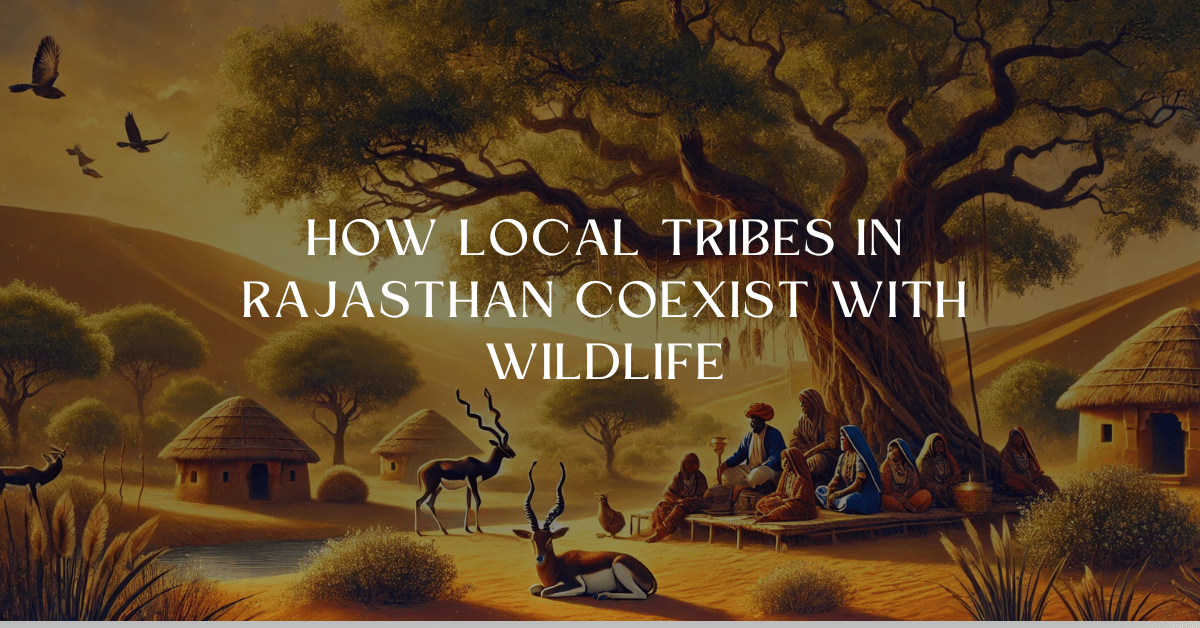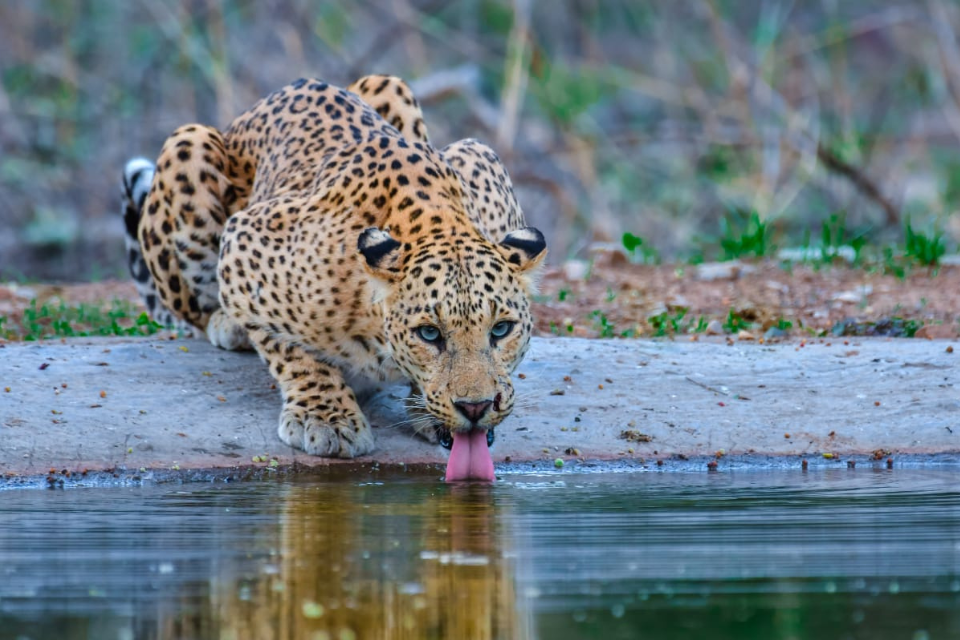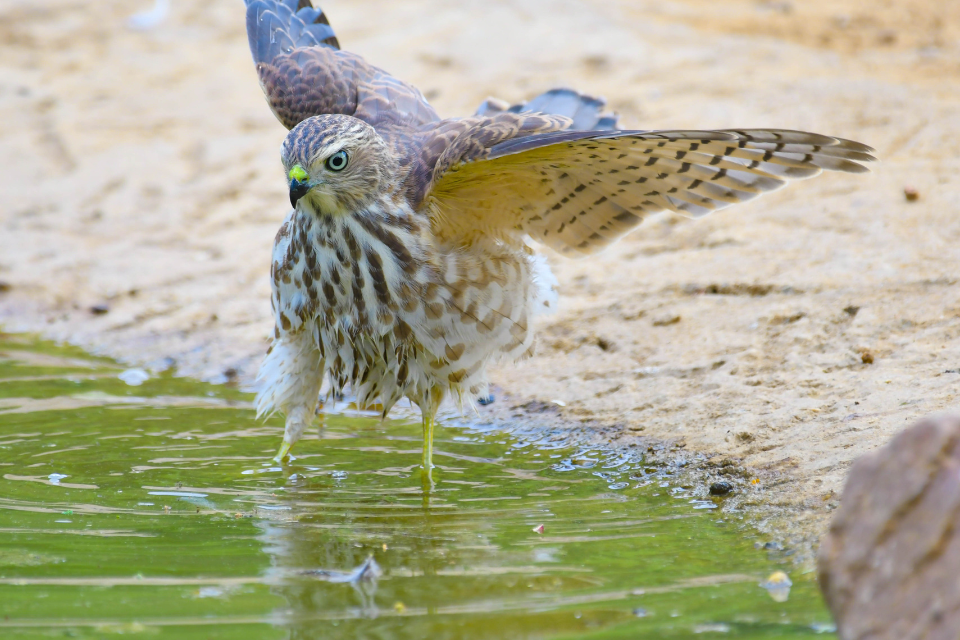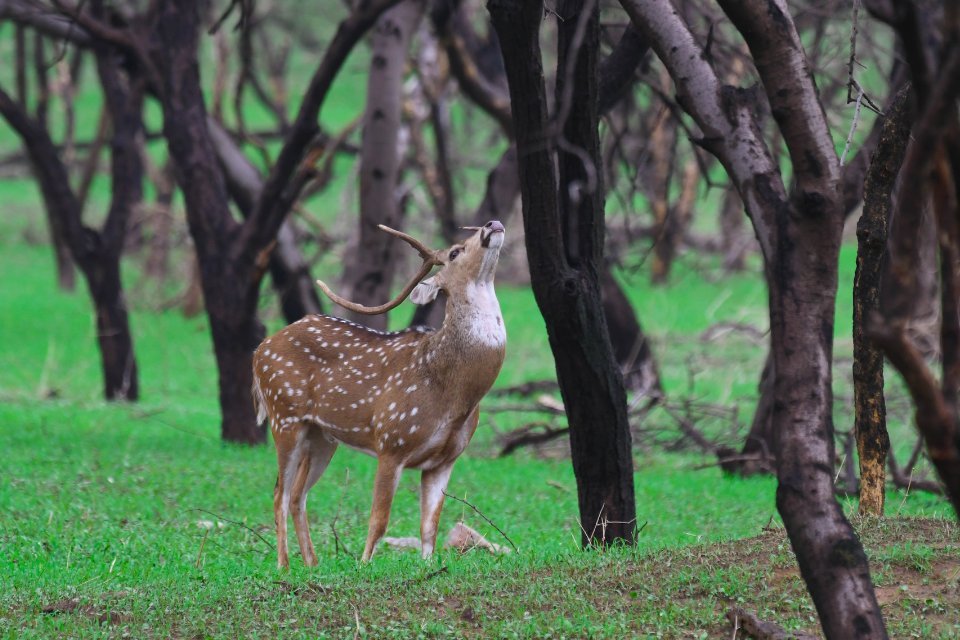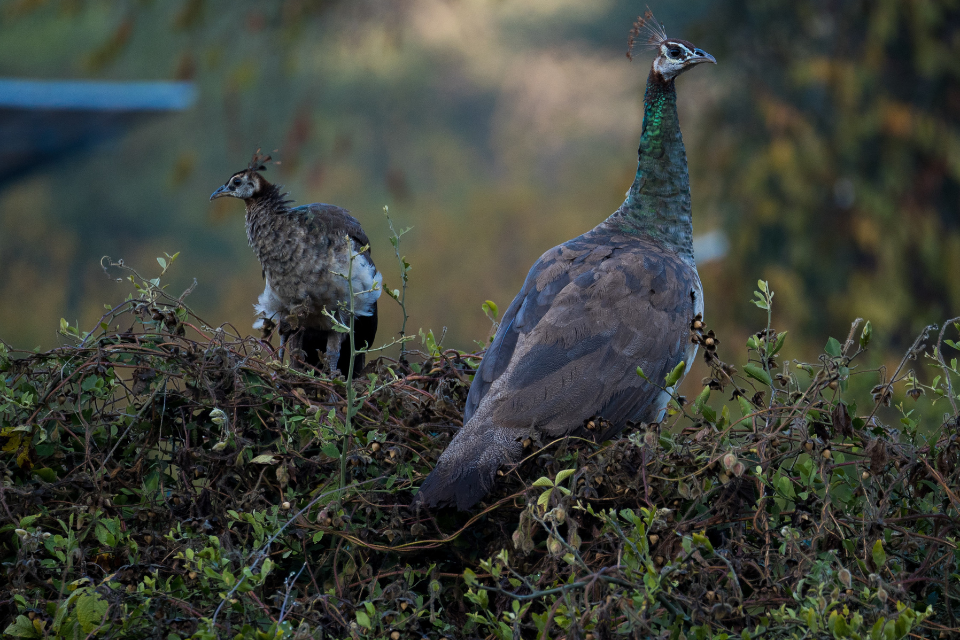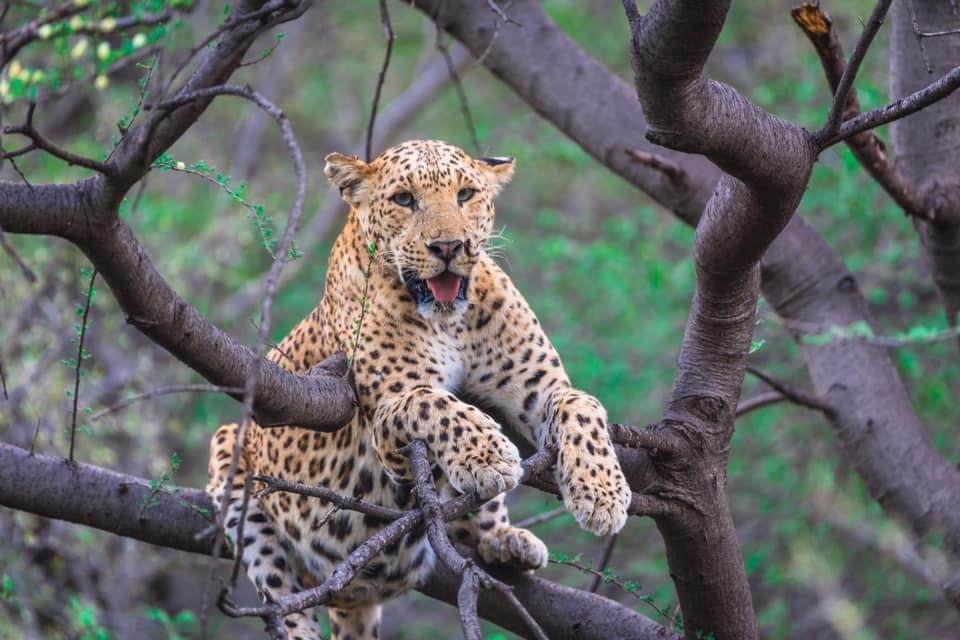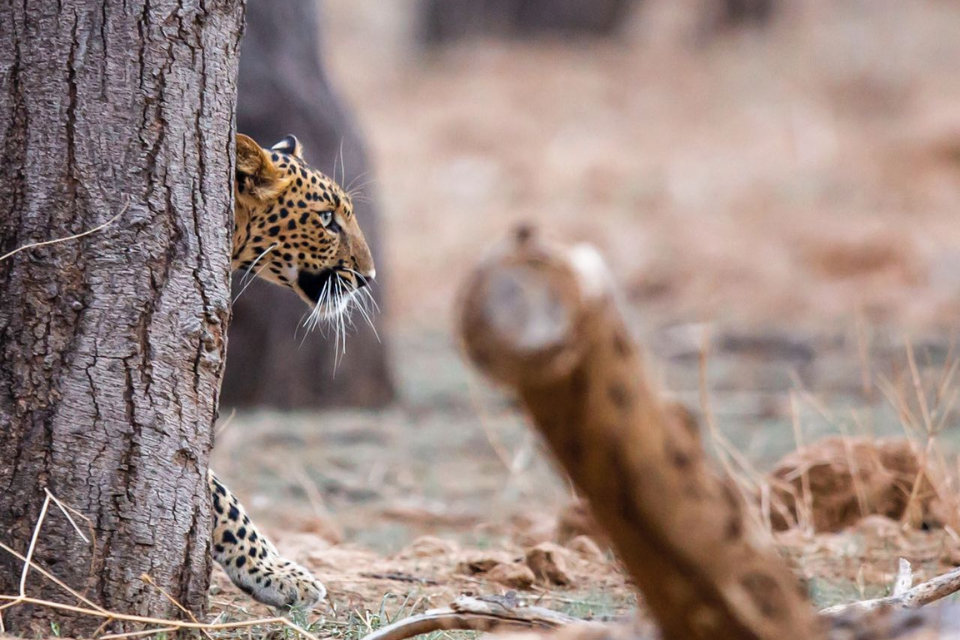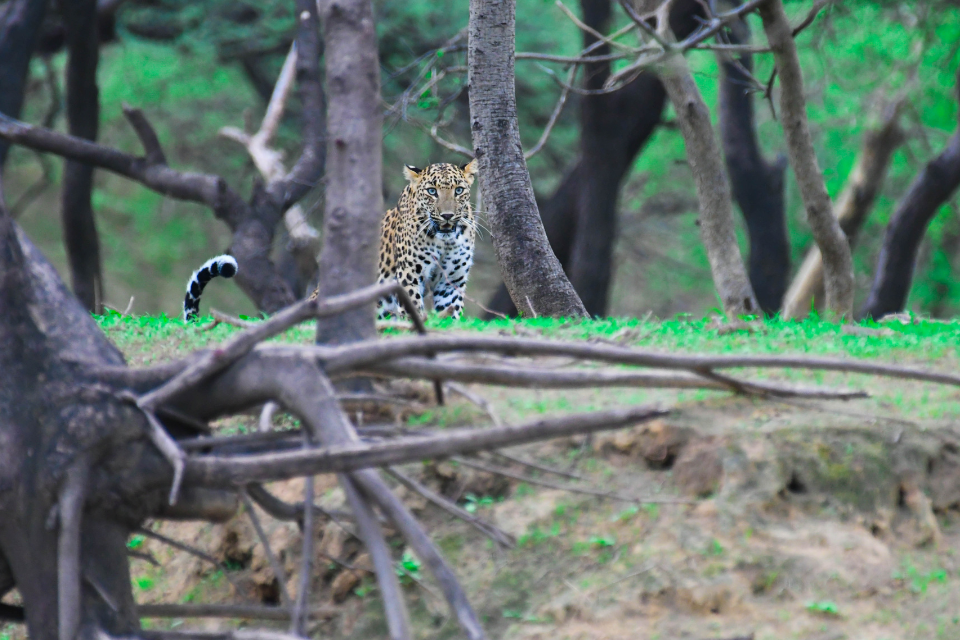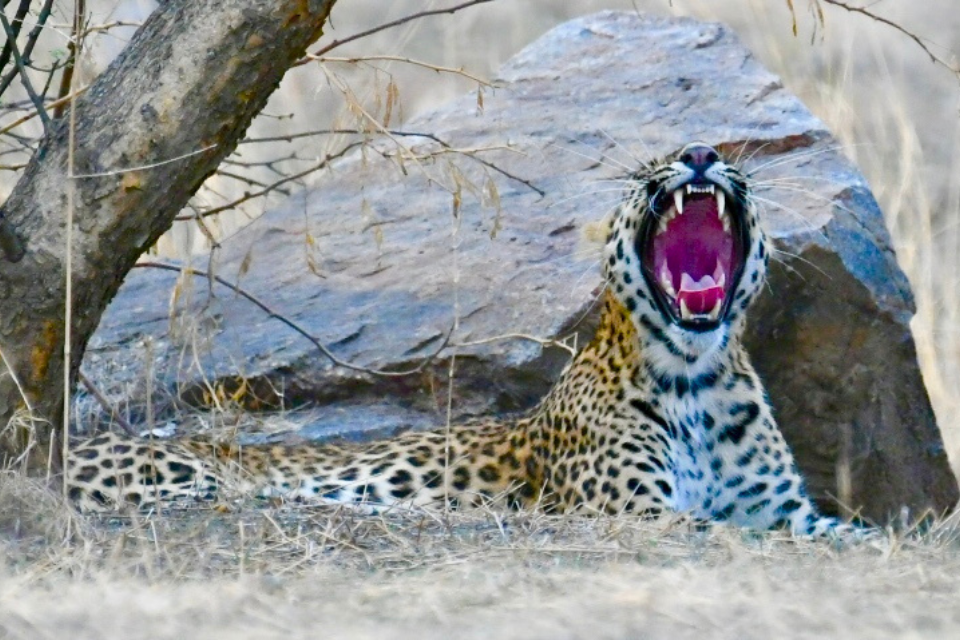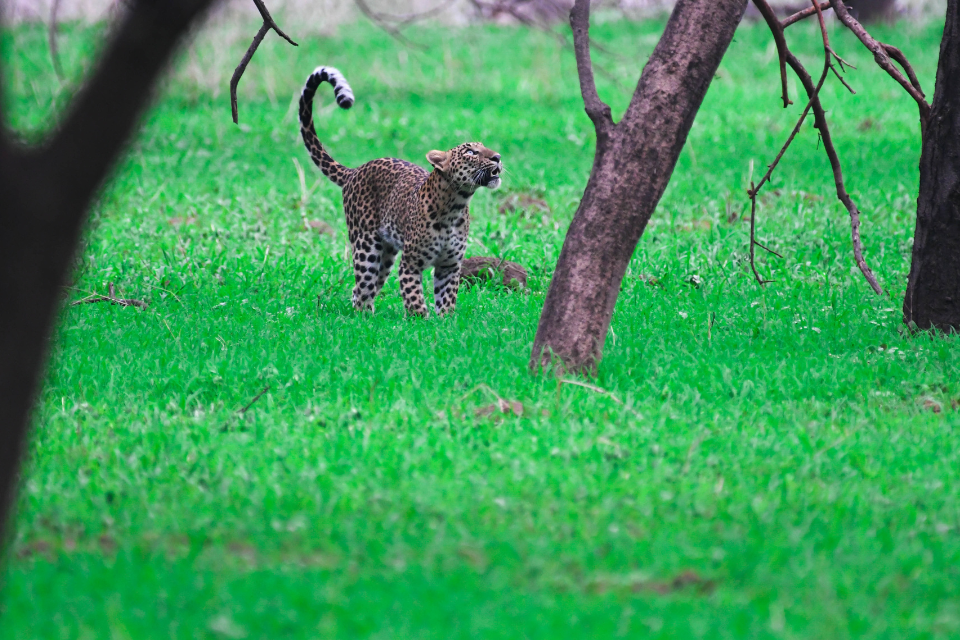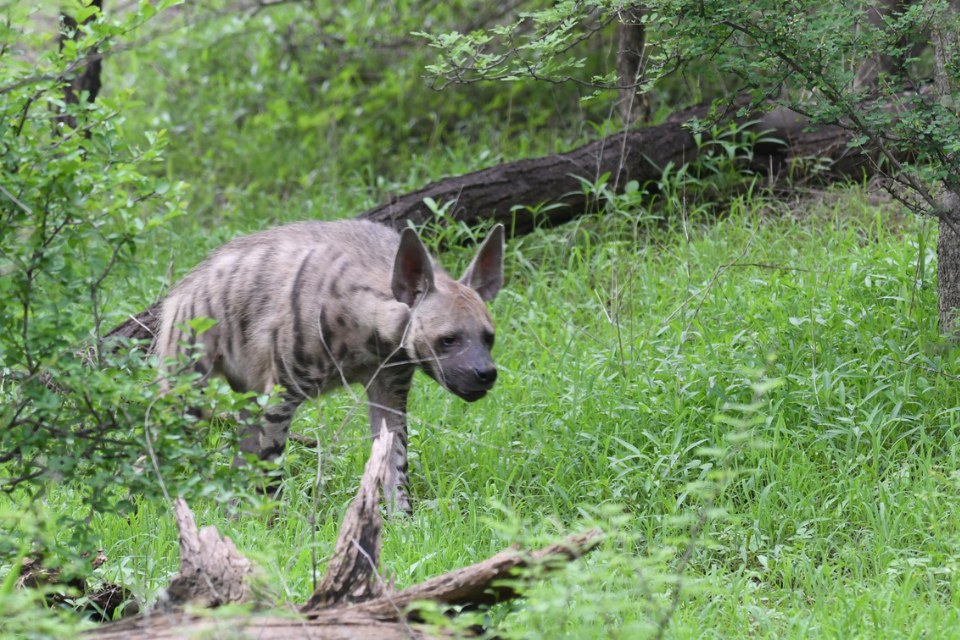- March 13, 2025
How Local Tribes in Rajasthan Coexist with Wildlife
Rajasthan, a land of vast deserts, rugged hills, and dense forests, is not just home to majestic wildlife but also to tribes and communities that have coexisted with nature for centuries. While modern conservation efforts focus on laws and reserves, these indigenous groups have long played a crucial role in protecting Rajasthan’s wildlife—often guided by spiritual beliefs, traditions, and sustainable practices.
From the Bishnois, who risk their lives to save blackbucks, to the Garasiyas and Rabaris, who respect leopards as their guardians, Rajasthan’s tribal communities have shown that coexistence is possible. Let’s explore how these local tribes contribute to conservation and the lessons we can learn from them.
- The Bishnoi Community – The Original Wildlife Protectors
📍 Regions: Jodhpur, Bikaner, Pali, Barmer
The Bishnoi community is India’s most famous conservationist tribe, known for their unwavering dedication to protecting wildlife. Their beliefs, rooted in the teachings of Guru Jambheshwar (15th century), emphasize non-violence towards all living beings.
🌿 How Bishnois Protect Wildlife
✔ Strictly forbid hunting and tree-cutting—even if it means sacrificing their lives.
✔ Actively protect blackbucks, chinkaras, and peacocks, treating them as sacred.
✔ Provide water and food for animals during droughts.
🚀 Success Story: In 1730, 363 Bishnois sacrificed their lives in Khejarli village to stop the king’s men from cutting sacred trees. This event inspired modern environmental movements in India.
🚀 Modern Impact:
✔ Poaching is nearly impossible in Bishnoi villages because the community immediately reports offenders.
✔ In 1998, the Bishnois brought a famous Bollywood actor to court for illegally hunting blackbucks, proving their commitment to wildlife justice.
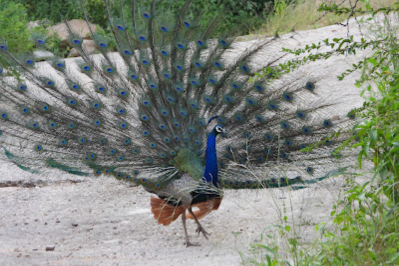
- The Rabari Tribe – Living in Harmony with Leopards
📍 Regions: Jawai, Pali, Mount Abu, Jaisalmer
The Rabari community, also called “Raika”, are nomadic pastoralists who have lived alongside leopards for centuries—without conflict. Unlike many communities that fear big cats, the Rabaris see leopards as protectors rather than threats.
🐆 Why Rabaris Don’t Kill Leopards
✔ Believe that leopards are the “guardians of temples” and bring good fortune.
✔ Accept occasional livestock losses as an offering to nature, rather than retaliating.
✔ Allow leopards to roam freely near villages and temples.
🚀 Success Story: Jawai Hills in Pali district has one of the highest densities of leopards in India—but no recorded cases of human-leopard conflict. Thanks to the Rabaris’ peaceful attitude, this has become a model of coexistence.
🚀 Modern Impact:
✔ Instead of killing leopards, Rabaris support eco-tourism, benefiting both wildlife and locals.
✔ Their land has become one of Rajasthan’s most famous leopard-watching destinations.
- The Garasiya Tribe – Protectors of Forests & Sloth Bears
📍 Regions: Kumbhalgarh, Mount Abu, Sirohi
The Garasiyas, an indigenous forest-dwelling tribe, have deep-rooted traditions of living in sync with wildlife. They have a strong connection with sloth bears, leopards, and other wildlife in Rajasthan’s forests.
🐻 How Garasiyas Contribute to Conservation
✔ Protect sloth bears and other wildlife through traditional knowledge and spiritual beliefs.
✔ Avoid clearing forests unnecessarily, ensuring natural habitats remain intact.
✔ Use herbal remedies and local resources sustainably instead of over-exploiting forests.
🚀 Success Story: Sloth bears were once declining in Rajasthan, but Kumbhalgarh’s bear population remains stable, thanks in part to the Garasiyas’ conservation-friendly traditions.
🚀 Modern Impact:
✔ Many Garasiya communities support forest conservation efforts, reducing illegal activities.
✔ Their knowledge of forest plants and wildlife behavior is being used in modern conservation programs.
- The Sahariya Tribe – The Tiger Guardians of Rajasthan
📍 Regions: Karauli, Baran, Sawai Madhopur (Near Ranthambore & Sariska)
The Sahariyas, Rajasthan’s only recognized tribal group, have lived in the forests for centuries, depending on hunting, fishing, and gathering for survival. However, they have also played a key role in tiger conservation.
🐅 How Sahariyas Help Protect Tigers
✔ Have extensive knowledge of tiger movement, prey availability, and forest conditions.
✔ Work as forest guards and guides in Ranthambore and Sariska, helping prevent poaching.
✔ Assist in tracking injured or missing tigers, contributing to scientific studies.
🚀 Success Story: Several ex-poachers from the Sahariya tribe have become wildlife protectors, showing how communities can change from conflict to conservation.
🚀 Modern Impact:
✔ Sahariyas are now involved in eco-tourism and sustainable livelihoods, reducing dependence on hunting.
✔ Their traditional tracking skills are used in tiger monitoring programs.
- The Meghwal & Jat Communities – Guardians of Wetlands & Birds
📍 Regions: Keoladeo (Bharatpur), Sambhar Lake, Khichan
The Meghwals and Jats are traditional farming and herding communities, known for protecting Rajasthan’s wetlands and migratory birds.
🦅 How They Help Bird Conservation
✔ Believe that feeding birds brings good karma, leading to the famous Khichan Demoiselle Crane Festival.
✔ Avoid using harmful pesticides near wetlands, ensuring safe habitats for birds.
✔ Help in maintaining artificial water sources in bird sanctuaries like Keoladeo National Park.
🚀 Success Story: The town of Khichan (Jodhpur) hosts over 20,000 Demoiselle Cranes every year, thanks to the Meghwals’ tradition of feeding the birds daily.
🚀 Modern Impact:
✔ These communities have turned bird conservation into a major eco-tourism attraction, boosting the local economy.
✔ Sambhar Lake and Keoladeo remain India’s most important bird sanctuaries, partly due to local efforts.
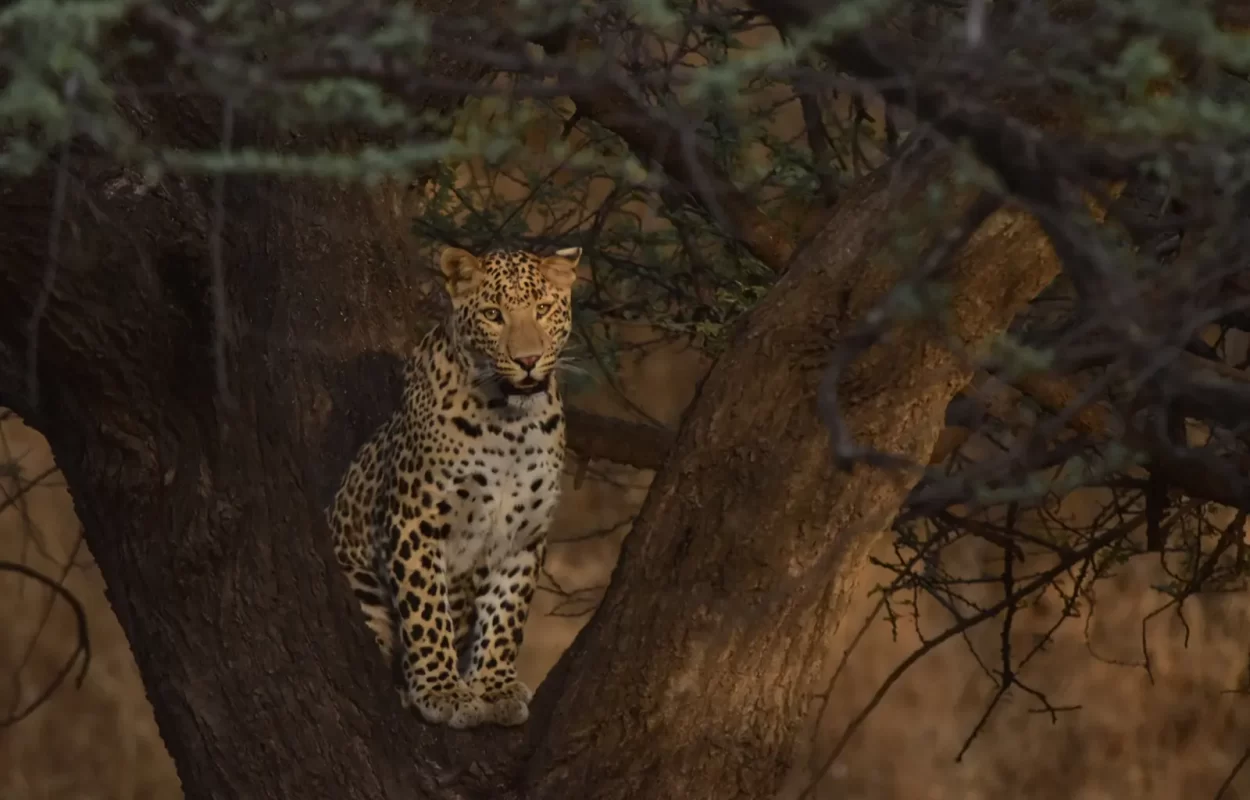
- Challenges Faced by Rajasthan’s Tribes in Conservation
Despite their historical role in wildlife conservation, local tribes face growing challenges:
⚠️ A. Land Encroachment & Displacement
❌ Expansion of cities, highways, and industries is forcing tribes out of their traditional lands.
❌ Many are losing access to forests and grazing areas, disrupting their way of life.
🚀 Solution: Eco-tourism programs can provide alternative incomes while keeping tribes connected to conservation.
⚠️ B. Human-Wildlife Conflict
❌ As forests shrink, animals like leopards and bears enter villages, leading to attacks.
❌ Some communities retaliate against wildlife, even though they have traditionally coexisted.
🚀 Solution: Government compensation programs for livestock losses can reduce conflict.
⚠️ C. Modernization & Loss of Traditional Knowledge
❌ Younger generations are moving to cities, leaving behind traditional conservation practices.
❌ Industrialization is replacing eco-friendly tribal lifestyles with modern but unsustainable methods.
🚀 Solution: Schools should incorporate tribal knowledge into conservation education.
- The Future of Tribal-Led Conservation in Rajasthan
✔ Rajasthan’s local tribes have protected wildlife for centuries—long before modern conservation laws.
✔ Their spiritual and cultural connections to nature offer valuable lessons for sustainable conservation.
🚀 What’s Next?
✅ Expanding eco-tourism programs that benefit both wildlife and local communities.
✅ Strengthening tribal rights over forest lands, allowing sustainable resource use.
✅ Using traditional knowledge in modern conservation projects.
🌍 Final Thought: Rajasthan’s wildlife owes much of its survival to local tribes. If we support tribal-led conservation efforts, Rajasthan’s tigers, leopards, birds, and forests will continue to thrive for generations.
🔍 Which Rajasthan tribe’s conservation efforts inspire you the most?
Disclaimer All images used in this blog are either sourced from public domain or credited to their respective owners. If you are the copyright holder of any image and wish to request its removal or proper attribution, please contact us at [email protected]
